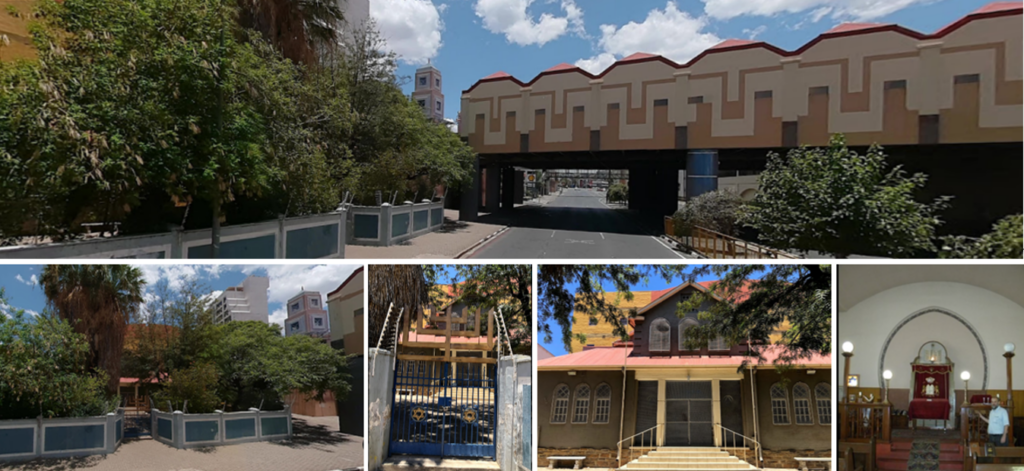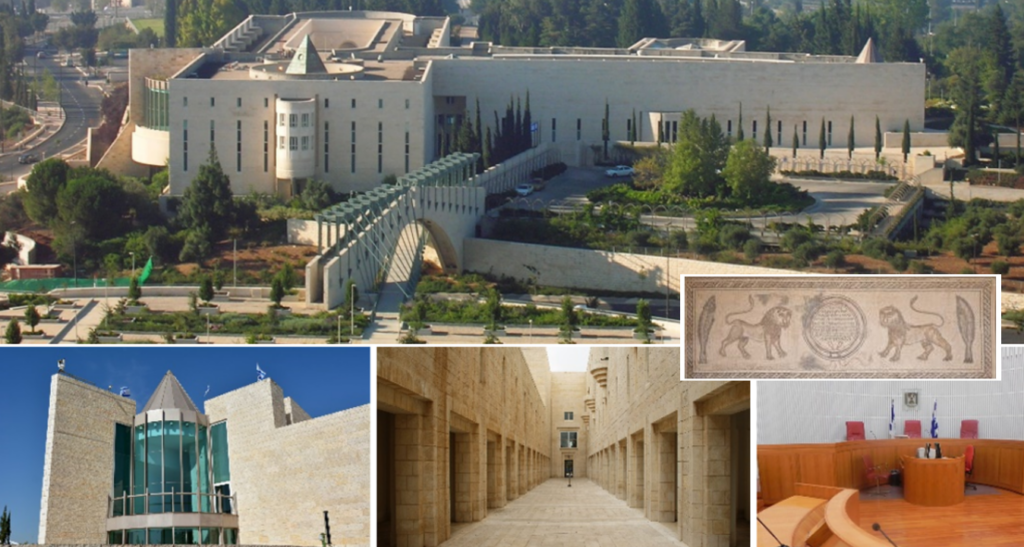
Tzav (צו – command), Leviticus 6:1-8:36
Chabbat Para (Numbers 19:1-22)
In Judaism, nothing is truly considered a coincidence. The simultaneous reading of Tzav and Para reminds us that all divine prescriptions, whether clearly understood or mysterious, hold equal importance.
Belém do Pará is the capital of the State of Pará, in northern Brazil. Pará has one of the largest cattle herds in Brazil, with approximately 21 million animals.
In 1824, after the adoption of the Brazilian constitution guaranteeing freedom of worship, Jews began to return and settle there. That same year, Moroccan Jews had the Shaar Hashamaim synagogue (Gate of Heaven) built by the Brazilian architect Judah Eliezer Levy. In a colonial style, the blue and white façade features three Stars of David and four main entrances. At the center, the elevated and round Bimah is made of carved marble adorned with Stars of David. The walls are painted blue, and white columns support the women’s galleries. The two-story structure is topped with a large dome.


